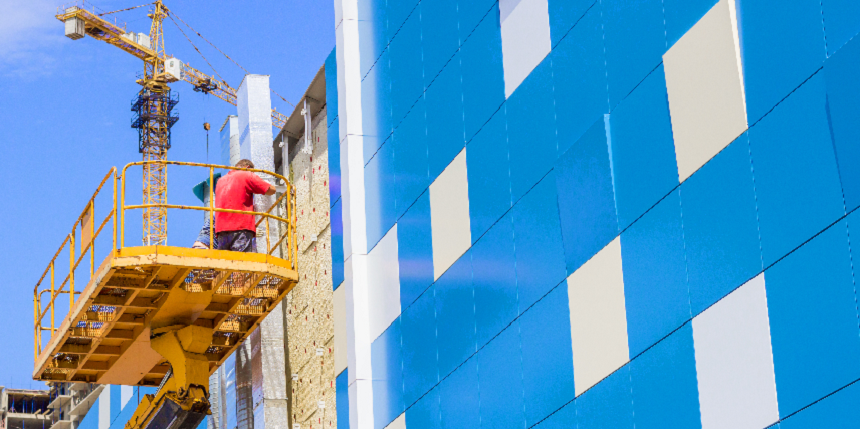Concerned about cladding?
Information on the types of cladding and the issues they can raise .

Types of cladding
Types of cladding
The three most common methods or systems used are rainscreen cladding, external thermally insulated composite systems (ETICS) and insulated composite/sandwich panels.
Rainscreen cladding
This type of cladding was used on Grenfell Tower and is commonly used to improve the aesthetics and thermal efficiency of older buildings. It is a built-up system consisting of insulation material that can be directly bonded or fixed to a solid wall, or a lining board on a steel-framed building. External cladding panels are then fitted on a lightweight steel frame leaving a small air gap of 50mm between the panels and insulation to prevent condensation build-up.
External thermal insulation composite systems (ETICS)
As with rainscreen cladding this is a built up system where insulation material is directly attached to a solid wall of a building or a lining board. However here, the insulation layer tends to be thicker and is directly covered with a cement render to provide weather protection. This type of cladding system is more commonly used on new builds.
Insulated composite panels
Typically used to form the walls and/or roof of steel portal framed buildings, the panels consist of a central core of insulation material sandwiched between powder-coated painted steel or aluminium sheets
Issues
- expanded polystyrene (EPS)
- extruded polystyrene (XPS)
- polyurethane (PUR)
- polyisocyanurate (PIR).
- mineral wool (glass fibre)
- mineral wool (rock fibre)
- cellular glass.
How do I know what material has been used in my building
- The architect
- The tender document for the project
- The operation and maintenance manual for the building.
What should I do next?
- Review your existing Fire Risk Assessment and fire safety measures in your building to determine whether any additional fire safety measures are necessary. E.g. hot work permits, additional fire detection, sprinkler systems, secondary escape routes.
- Review your emergency evacuation procedures for the premises making sure all occupants, residents and visitors are aware of the fire escape routes within the building and know what to do in the event of an emergency.
- Introduce an appropriate inspection and maintenance regime of your cladding system. The inspection regime should check the general condition of cladding and include inspection of the face of the cladding system for damage and exposure of the panel core. Where damage is noted repairs should be made promptly.
- Contact your insurer and provide details of the make, model and insulation materials used.